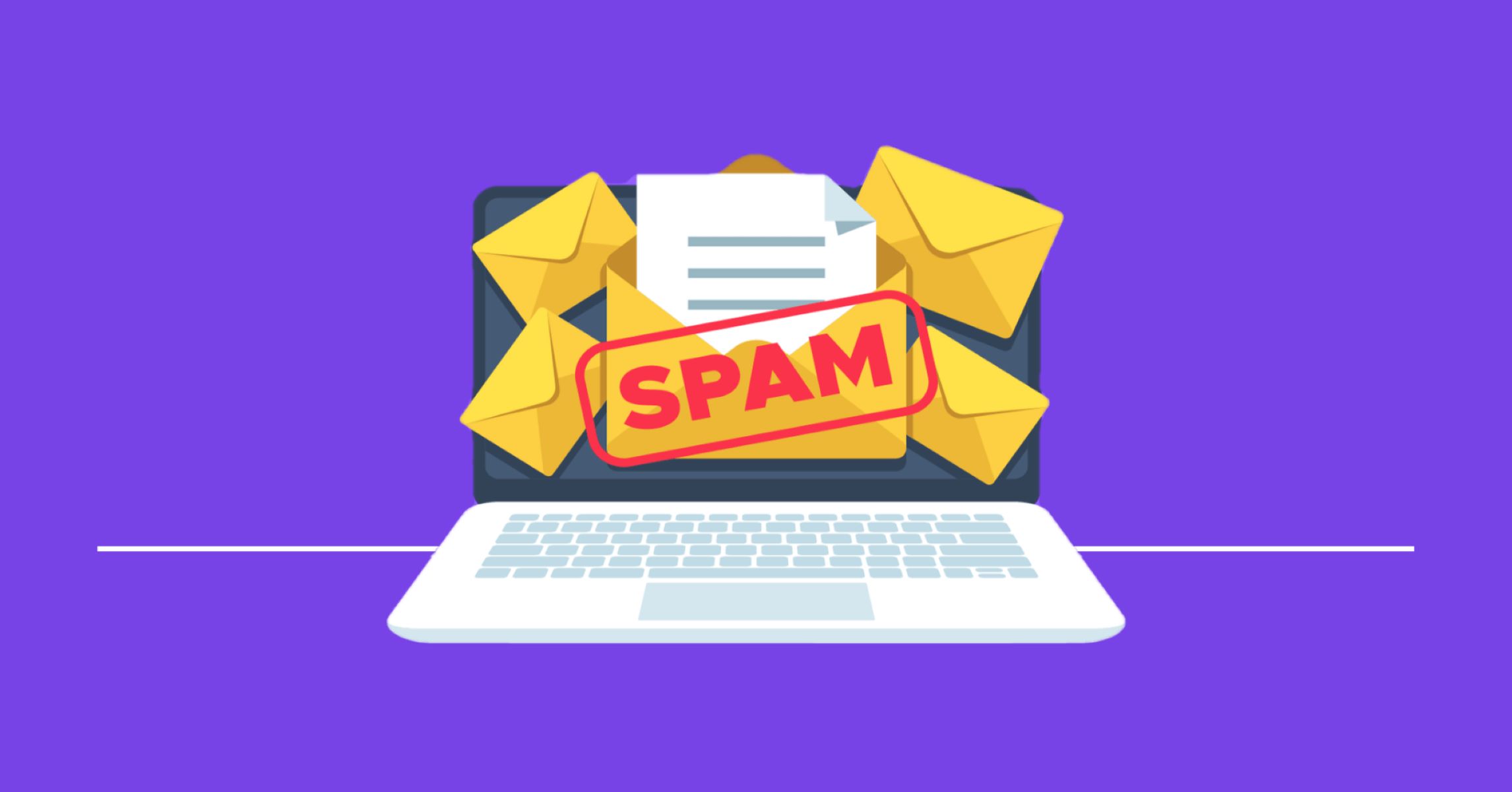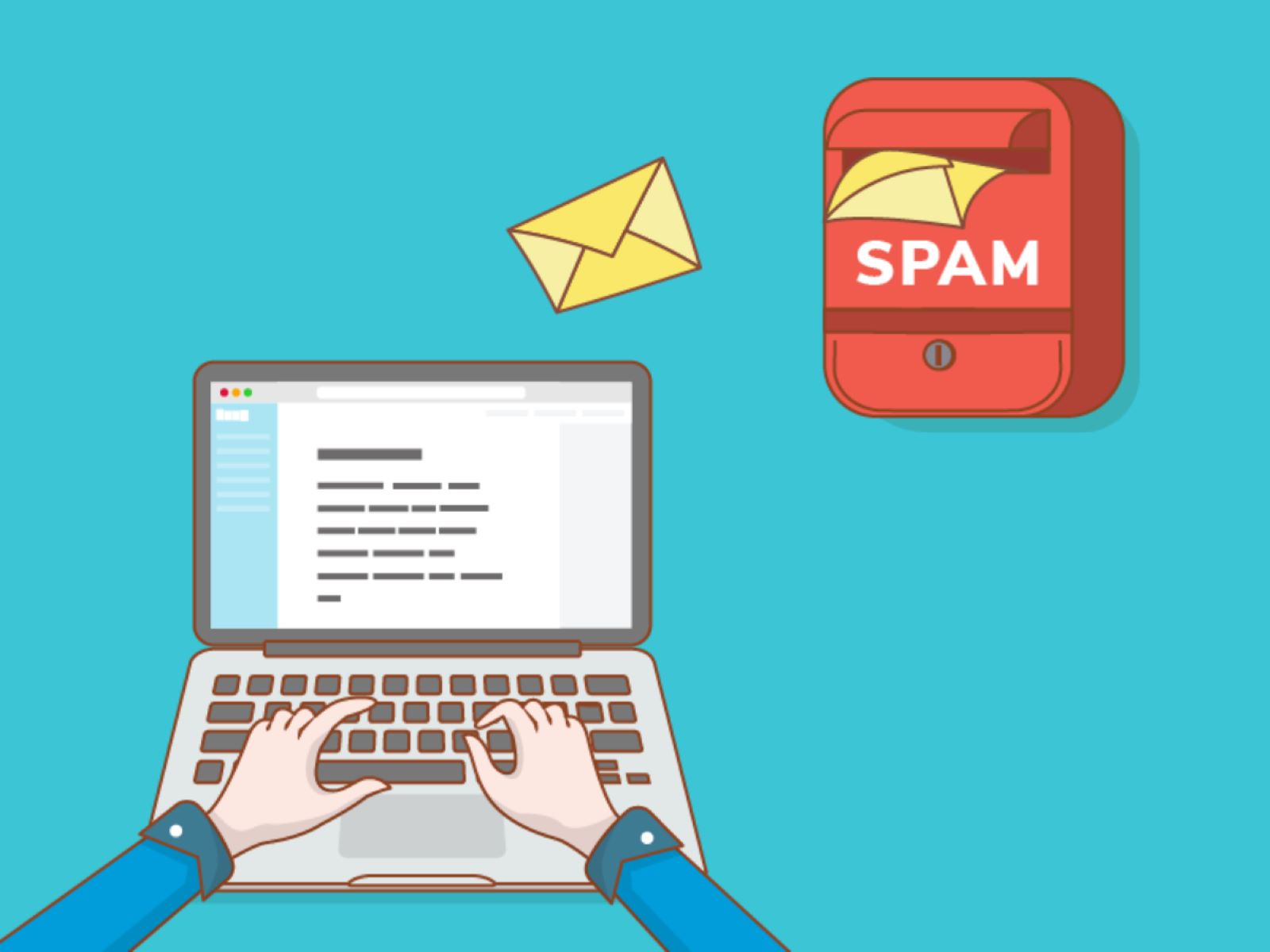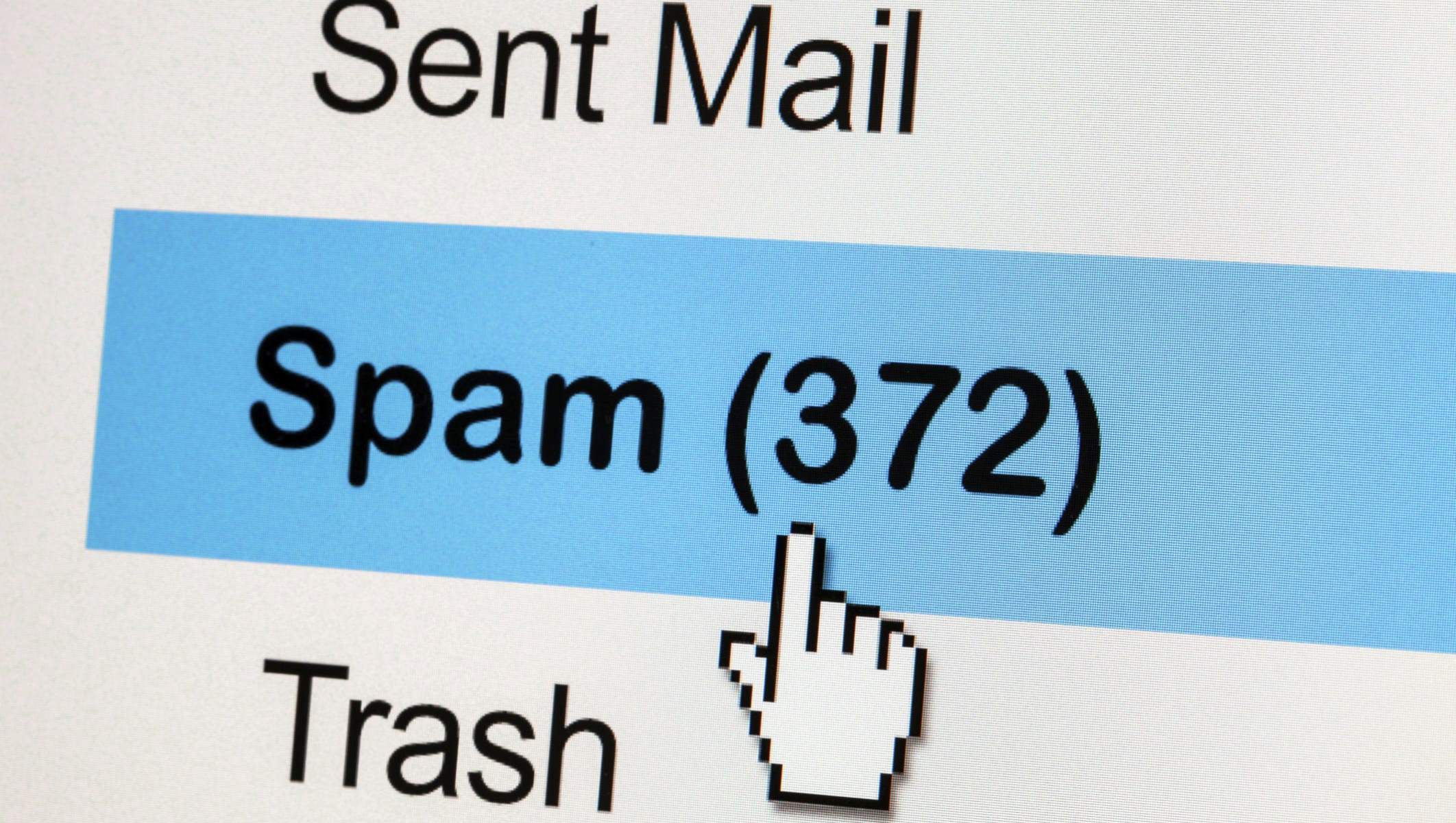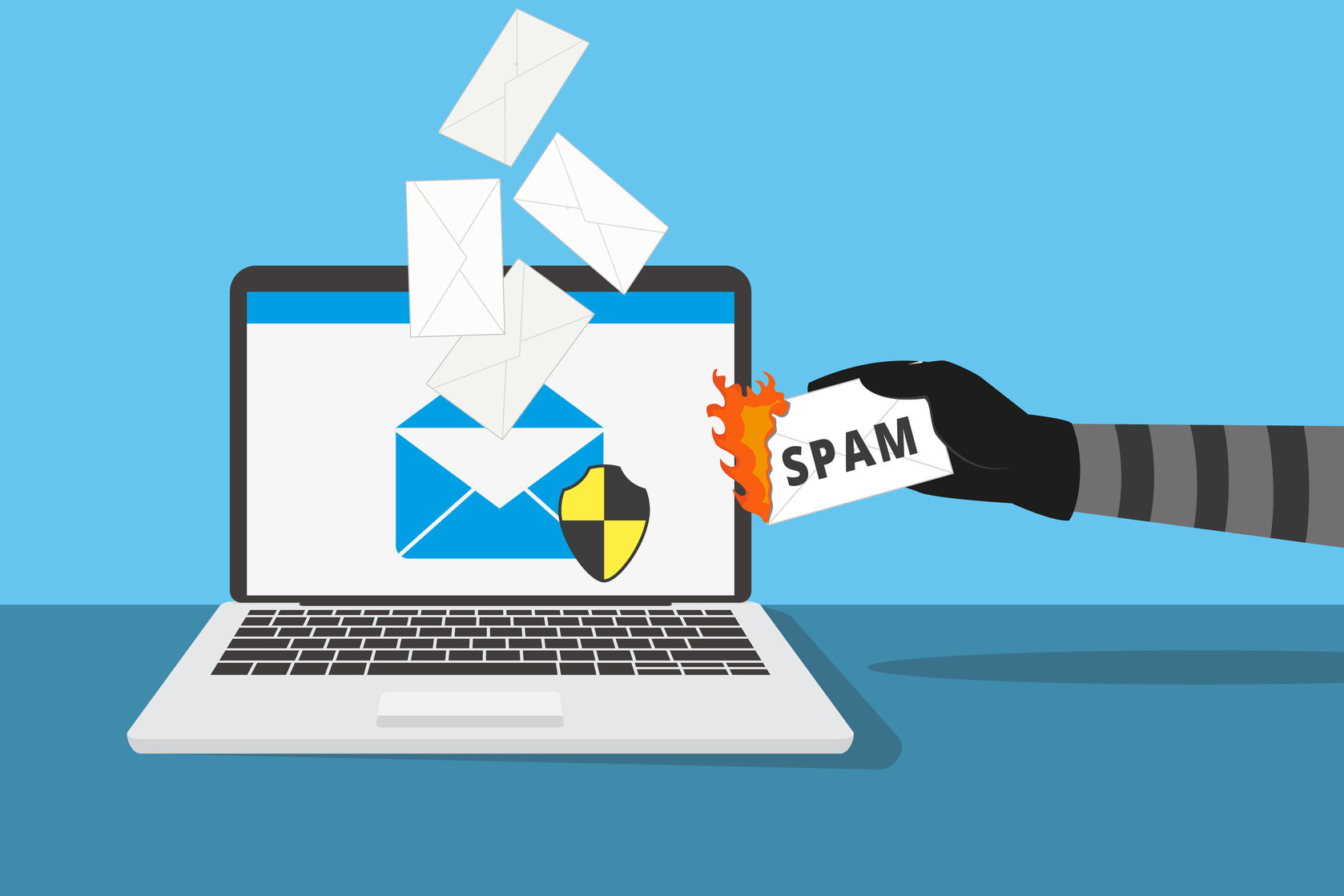Introduction
Welcome to the world of email spam! In this article, we will delve into the not-so-ethical realm of spamming email addresses. Now, before we go any further, let’s make it clear that this article is purely for informative purposes. We do not endorse or encourage any illegal or unethical activities. Our aim here is to explore the concept of spamming emails from an educational standpoint.
Email spamming has been a persistent issue on the internet for years. It involves sending unsolicited, often marketing-related, messages to a large number of recipients with the hope of generating some kind of response. While spamming is generally frowned upon and considered a nuisance by many, it’s important to understand how it works and the techniques involved.
In this article, we will guide you through the basic steps of spamming an email address. Please note that this information should not be used for malicious purposes, but rather as a way to increase awareness about the vulnerabilities of email systems and to help individuals and organizations protect themselves against such attempts.
We will cover a range of topics, from choosing the right email address to avoiding detection and dealing with consequences. Whether you’re a curious individual looking to expand your knowledge or someone interested in securing their email system, this article will provide valuable insights into the world of email spam.
So, if you’re ready to dive into the intricate details of email spamming (again, purely for educational purposes), let’s get started with choosing the right email address!
Choosing the Right Email Address
When it comes to spamming emails, the first crucial step is selecting the right email address. The chosen address should serve two purposes: maintaining anonymity and avoiding any potential repercussions. Here are some important considerations:
1. Anonymity: It’s essential to create an email address that cannot be traced back to you. Avoid using personal information such as your name, address, or phone number. Instead, opt for a generic or random username. Additionally, consider using a disposable or temporary email address service to further safeguard your identity.
2. Domain: The choice of email domain can also impact the success of your spamming campaign. Using reputable and well-known domains may increase the chances of your emails being flagged as spam. Instead, consider using free email services that are less scrutinized or registering a custom domain specifically for spamming purposes.
3. Randomness: To further enhance your anonymity, generate random email addresses instead of using predictable patterns. This can include utilizing random strings of letters and numbers or employing popular email username generators available online.
4. Multiple Addresses: Depending on the scale of your spamming campaign, consider using multiple email addresses. This can help distribute the workload and minimize the risk of detection. However, be cautious not to use interconnected email addresses that can be easily linked together.
Remember, the purpose here is not to encourage or support spamming activities but to educate individuals and organizations about the vulnerabilities they may face. The information provided can be used to understand and strengthen email security measures, rather than engage in malicious acts.
Now that you have a clear understanding of selecting an appropriate email address for spamming, let’s move on to the next step: gathering email addresses.
Gathering Email Addresses
Once you have chosen an email address for your spamming campaign, the next step is gathering a list of email addresses to target. While there are various methods for acquiring email addresses, it’s essential to note that obtaining and using email addresses without permission is a violation of privacy laws and ethical guidelines. This section aims to provide insights into the techniques used for educational purposes only.
1. Scraping Websites: One common method is to scrape websites for email addresses. This involves using specialized software to crawl through website pages and extract email addresses. However, please be aware that this practice is illegal in many jurisdictions and can result in serious consequences.
2. Purchasing Email Lists: Another option is buying email lists from third-party sources. These lists contain a compilation of email addresses that can be used for marketing or spamming purposes. However, it’s important to note that purchasing email lists without consent is highly unethical and may violate anti-spam laws.
3. Using Opt-In Forms: A legitimate and ethical way to gather email addresses is by providing opt-in forms on your website or landing page. This allows interested individuals to willingly provide their email addresses and consent to receive communications from you. Always ensure that you comply with applicable privacy laws and obtain explicit consent before sending any emails.
Remember, the goal of this section is to educate and raise awareness about the methods used to gather email addresses. It is crucial to respect privacy laws, ethical guidelines, and the consent of individuals when collecting and using email addresses.
Now that you understand how email addresses can be gathered, let’s move on to the next step: creating an email spam template.
Creating an Email Spam Template
Now that you have a list of email addresses, it’s time to create a compelling spam email template. The key to an effective template is grabbing the recipient’s attention and enticing them to take the desired action, whether it’s making a purchase or clicking on a link. Here are some important considerations when crafting your email spam template:
1. Subject Line: The subject line is the first thing recipients see, so it needs to be attention-grabbing and compelling. Consider using catchy phrases, urgency, or curiosity to entice the recipient to open the email. However, be careful not to use false or misleading subject lines, as this may violate laws and regulations.
2. Personalization: Personalizing an email can increase engagement. Including the recipient’s name or other relevant details can make the email appear more legitimate. However, keep in mind that personalization alone does not justify or make spamming ethical or legal.
3. Content: Keep your email content concise and focused on the desired action. Use clear and persuasive language without resorting to deception. Be sure to include a strong and compelling call-to-action that encourages the recipient to take the desired action, such as clicking on a link or making a purchase.
4. Design and Formatting: While visually appealing design can enhance engagement, it’s important to strike a balance. Avoid excessive use of images, as they can trigger spam filters. Stick to a clean and professional layout that is easy to read and navigate. Consider using bullet points or numbered lists to highlight key information.
5. Avoid Spam Triggers: Spam filters are constantly evolving to detect and filter out spam emails. To avoid triggering these filters, refrain from using excessive capitalization, excessive exclamation marks, and controversial or suspicious content. Test your email template using spam filter testing tools to ensure maximum deliverability.
It’s crucial to emphasize that the purpose of this section is to educate readers about the elements involved in creating an email spam template. We strongly discourage the use of these techniques for malicious or unethical activities.
With a well-crafted email spam template in hand, it’s time to move on to the next step: sending the spam email.
Sending the Spam Email
Once you have prepared the email spam template, it’s time to proceed with sending the emails. However, it is crucial to understand and acknowledge the legal and ethical implications surrounding this practice. This section aims to provide insights into the technical aspects involved in sending a spam email; it does not endorse or promote spamming activities.
1. Email Service Provider: To send a large volume of spam emails, you may need to utilize an email service provider (ESP) that accommodates mass emailing. These ESPs often have features specifically designed for sending bulk emails, such as mailing list management and tracking capabilities.
2. Batch Sending: Sending all the spam emails at once can result in high bounce rates and trigger spam filters. It is wise to divide your email list into smaller batches and send the emails gradually. This helps reduce the risk of detection and improves the chances of successful delivery.
3. IP Rotation: To avoid being flagged as a spammer, consider rotating the IP addresses used for sending the emails. This can be achieved through proxy servers or by utilizing IP address rotation services. By switching IP addresses, you minimize the likelihood of being identified and blocked by spam filters.
4. Email Scheduling: Sending all the emails at once can raise suspicion. To appear more natural, schedule the delivery of emails at different times throughout the day. This tactic helps mimic normal email behavior and reduces the risk of being detected by spam filters.
5. Monitor Deliverability: It is essential to monitor the deliverability of your spam emails. Utilize email tracking tools provided by your ESP to check the open rates, click-through rates, and bounce rates. This data helps you assess the effectiveness of your campaign and make necessary adjustments.
It is crucial to note that engaging in spamming activities not only violates laws and regulations but also harms others by inundating their inboxes with unwanted messages. This article encourages responsible and ethical use of email communication.
With the emails sent, our next section will focus on avoiding detection and blocking.
Avoiding Detection and Blocking
When engaging in spam email activities, it’s essential to take measures to evade detection and avoid being blocked by spam filters. While these practices are not encouraged or endorsed, understanding how to avoid detection can be valuable in strengthening email security and mitigating risks. Here are some strategies to consider:
1. Spam Filter Testing: Before sending out your spam emails, it’s crucial to test them using spam filter testing tools. These tools analyze the content and structure of the email and provide feedback on potential spam triggers. By making necessary adjustments, you can increase the chances of your emails bypassing spam filters.
2. Optimize Sending Frequency: Sending a high volume of emails within a short time can be a red flag for spam filters. Consider spacing out the delivery of your emails over a longer period. This can help mimic natural email behavior and reduce the likelihood of being flagged as a spammer.
3. Use Email Authentication: Implementing email authentication protocols such as SPF (Sender Policy Framework), DKIM (DomainKeys Identified Mail), and DMARC (Domain-based Message Authentication, Reporting, and Conformance) can help establish your domain’s legitimacy and increase the chances of your emails reaching the recipients’ inbox.
4. Addressing Spam Complaints: Handle any spam complaints promptly. Provide clear and accessible opt-out options in your emails. Actively monitor and honor unsubscribe requests to maintain a good sender reputation. Responding to complaints and taking appropriate actions can help minimize the impact of your spamming activities.
5. Keep Up with Anti-Spam Regulations: Stay updated with the latest anti-spam regulations and laws in your jurisdiction. Familiarize yourself with the requirements and ensure compliance to avoid legal repercussions. Adhering to these regulations not only protects you legally but also promotes ethical and responsible email practices.
Remember, the primary purpose of this section is to educate and raise awareness about common practices used to avoid detection and blocking. It is important to prioritize ethical and responsible email communication, respecting the privacy and preferences of recipients.
Now that you are aware of the techniques to avoid detection and blocking, let’s explore the consequences that may arise from engaging in spamming activities.
Dealing with the Consequences
Engaging in spamming activities can have serious consequences, both legally and reputationally. It’s important to understand the potential repercussions and be prepared to address them responsibly. This section aims to create awareness about the consequences associated with spamming emails.
1. Legal Ramifications: Spamming emails is illegal in many jurisdictions and can result in severe penalties. Violating anti-spam laws can lead to hefty fines, legal proceedings, and damage to your personal or business reputation. It is crucial to familiarize yourself with the specific laws in your country or region to avoid legal consequences.
2. Damage to Reputation: Engaging in spamming activities can severely damage your reputation, both personally and professionally. Being labeled as a spammer can negatively impact your relationships with customers, colleagues, and business partners. Rebuilding trust and restoring your reputation can be a challenging and time-consuming process.
3. Loss of Business Opportunities: Spamming emails can alienate potential customers and partners. Sending unsolicited and unwanted messages can damage your brand’s image and lead to loss of business opportunities. Building a strong and reputable brand relies on ethical and responsible marketing practices.
4. Blacklisting by ISPs: When ISPs (Internet Service Providers) detect spammers, they can blacklist their IP addresses or domains. Being blacklisted can result in your emails being blocked or sent directly to the recipients’ spam folders, significantly reducing your email deliverability rates. Recovering from a blacklist is a challenging and time-consuming process.
5. Damage to Internet Ecosystem: Engaging in spamming activities contributes to the overall degradation of the internet ecosystem. Spam emails not only waste bandwidth and server resources but also disrupt legitimate communication channels. By avoiding spamming activities, you contribute to a healthier and more efficient online environment.
It is crucial to understand and accept the consequences associated with spamming emails. Responsible and ethical email communication is not only beneficial for recipients but also for your own reputation and long-term success.
Now that we have explored the potential consequences, let’s conclude this article with a brief summary.
Conclusion
Throughout this article, we have ventured into the world of email spamming, exploring various aspects involved in spamming emails. It is important to reiterate that the purpose of this article is to educate and increase awareness about the vulnerabilities of email systems, not to encourage or endorse unethical practices.
From choosing the right email address and gathering email addresses to creating a spam email template, sending the emails, and avoiding detection and blocking, we have examined the techniques used in spamming activities. However, it is crucial to acknowledge the legal and ethical implications and the potential consequences that come with engaging in spamming activities.
Email spamming poses legal risks, damages reputations, and hinders legitimate business opportunities. It contributes to a degraded internet ecosystem and can result in severe penalties. It is crucial to prioritize ethical and responsible email communication, respecting the privacy and preferences of recipients.
By understanding the mechanics of email spamming, individuals and organizations can take proactive measures to protect themselves from such activities. Implementing strong security measures, educating employees about phishing and spam emails, and regularly updating spam filters can help mitigate the risks associated with email spam.
Let us remember that the internet is a powerful tool for communication and collaboration. It is up to us, as responsible users, to maintain its integrity and trustworthiness. By promoting ethical practices and respecting the digital boundaries of others, we contribute to a safer and more reliable online environment.
Thank you for joining us on this educational journey into the world of email spamming. Remember, knowledge is power, and with this knowledge, we can work towards a more secure and responsible digital landscape.

























